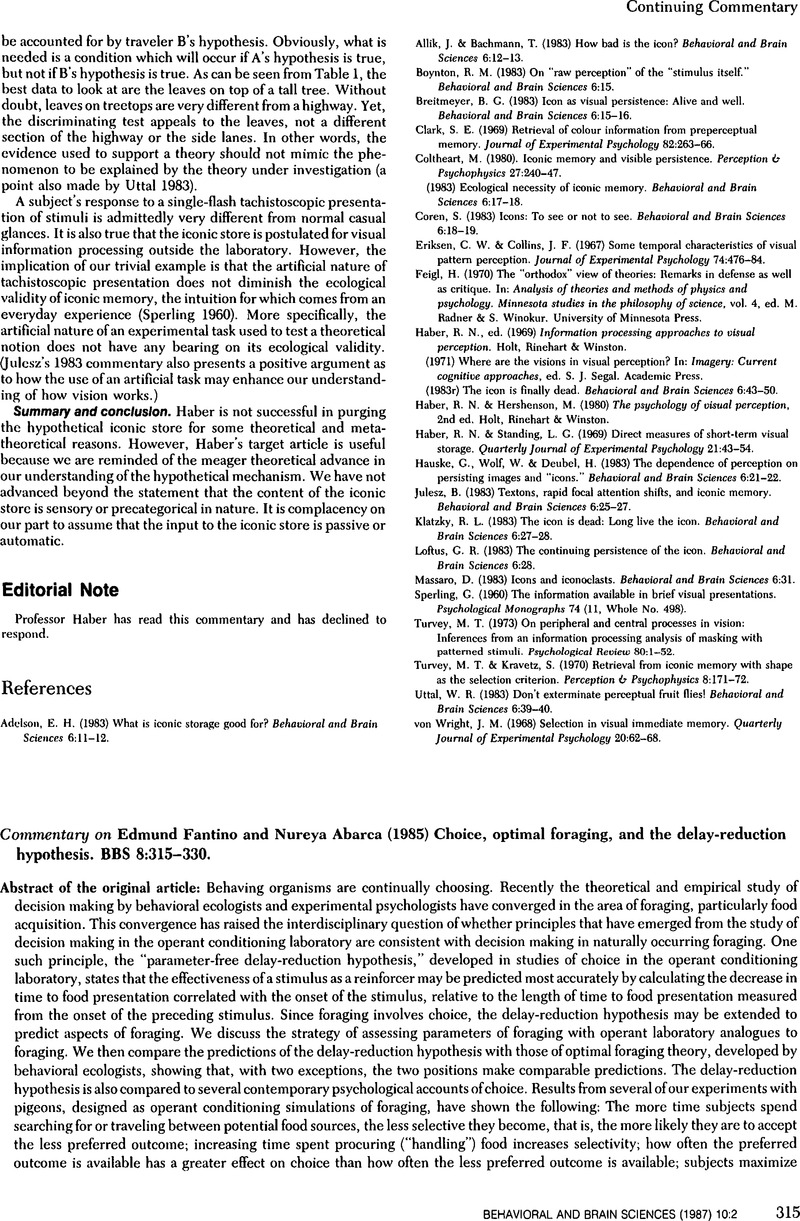Crossref Citations
This article has been cited by the following publications. This list is generated based on data provided by Crossref.
Cabanac, Michel
1992.
Pleasure: the common currency.
Journal of Theoretical Biology,
Vol. 155,
Issue. 2,
p.
173.


